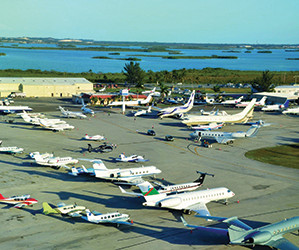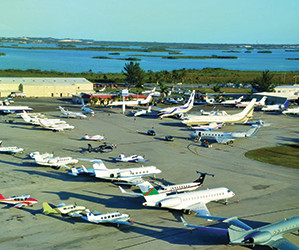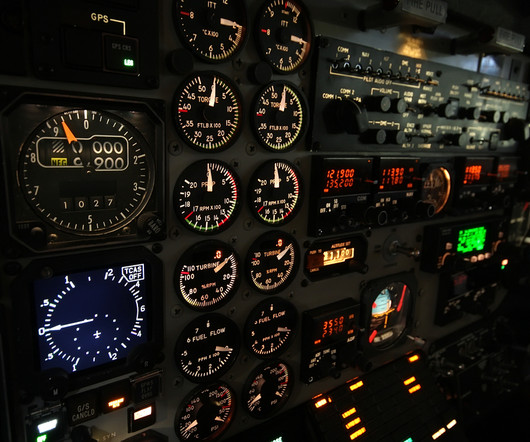How to Obtain a Good Weather Briefing as a Commercial Pilot
Pilot's Life Blog
JULY 25, 2024
Before you become a commercial pilot, it’s important to know how to obtain a good weather briefing. Flying in appropriate weather helps make your flight enjoyable and keeps your passengers safe. Outlook briefing : You’ll obtain this briefing as you plan your flight several days before you depart.














Let's personalize your content